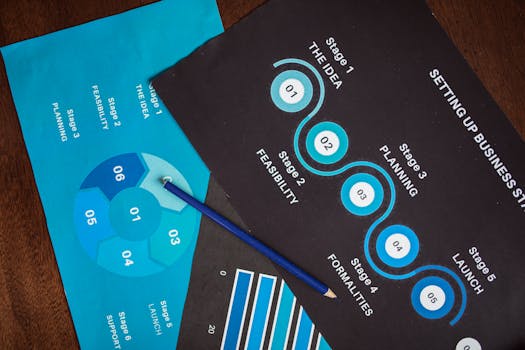Coming up with a business idea doesn’t mean waiting for a “eureka” moment. It’s about being intentional, paying attention to problems people face, patterns in your own life, and changes in the world around you.
In this guide, we’ll break down the steps to help you find a business idea that’s not only interesting but also worth building.
Start by Listing Everyday Problems
Think about things that frustrate you or others. Focus on what feels broken, inefficient, outdated, or just annoying. These problems are often clues to opportunities.
Examples:
- Waiting in long lines at busy coffee shops.
- Getting stuck figuring out health insurance plans.
- Wasting food at home because of poor meal planning.
Action:
- Write down 10 daily annoyances or inconveniences you’ve experienced in the past week.
- Ask 5 friends what annoys them at work or in daily life.
Look at Problems in Your Work or Industry
Your job is a goldmine of insight. You’re likely already familiar with the tools, workflows, and pain points in your field. This makes it easier to build something useful and talk to the right users.
Examples:
- A marketing manager notices their team struggles to coordinate campaign tasks, potential for a niche project management tool.
- A nurse constantly sees patients confused about post-care instructions, potential for a recovery tracking app.
Action:
- Write down 3 frustrating things about your current or past job.
- Ask a coworker: “What do you waste time on that you wish was easier?”
Explore Trends, Not Hype
Go beyond headlines. Trends show how behavior or markets are changing over time. Don’t chase fads, look for sustained changes in how people live or work.
Where to look:
- Exploding Topics
- Google Trends
- Subreddits like r/startups, r/futurology, r/entrepreneur
- Tech newsletters (e.g. Trends.vc, The Hustle)
Action:
- Spend 30 minutes browsing a trend tool. Note down 2–3 areas that interest you.
- Ask: “What’s changing about the way people do X?”
Look at What People Already Pay For
People often already “solve” their problems in roundabout or expensive ways. Look at what they’re buying, especially if it’s inefficient or duct-taped together.
Examples:
- People hiring freelancers to manually clean up data → potential for automation tools.
- Using spreadsheets for complex tasks → opportunity for niche software.
Action:
- Go to Amazon, Etsy, or Fiverr. Search for products or services in a category you care about.
- Note down 3–5 tools or services people are paying for even though they seem clunky.
Borrow from Other Countries or Niches
Great ideas don’t always start where you are. A popular service in another country might not exist in yours. Or an idea in one niche could be applied to another.
Examples:
- Super apps like WeChat in Asia inspired other “everything apps.”
- Virtual interior design became popular in the fitness space as virtual coaching.
Action:
- Browse Product Hunt’s top launches by region.
- Pick a startup in a different industry. Ask: “Could this be adapted to a different audience?”
Pay Attention to Hacks and Workarounds
When people invent a workaround, they’re revealing that no good solution exists yet.
Examples:
- People tracking calories by writing on whiteboards = room for a smarter nutrition tracker.
- Small businesses managing deliveries through WhatsApp = signal for logistics software.
Action:
- Browse YouTube, TikTok, Reddit for “hacks” in a field (e.g. “Google Sheets budgeting hack”).
- Make a list of manual or clumsy tools people rely on.
Keep an Idea Journal
Inspiration will come and go, don’t lose it. You might not act on an idea today, but it could be useful later.
What to include:
- Problem observed
- Who experiences it
- How it’s currently “solved”
- Your early thoughts
Tools:
- Google Keep
- Notion
- Pen & paper
Action:
- Start your idea journal today.
- Commit to writing down at least 3 problems per week, no matter how small.
Summary
Finding a business idea is about observation, not inspiration. It’s a process of noticing, asking, and exploring. The best ideas often come from familiar pain points or problems you’ve seen over and over.
Next Step → Once you have a few ideas, the next step is to validate them. That means checking if other people have the same problem and if they’re willing to pay for a solution. Don’t build yet, just keep learning.
Bonus Tools & Resources
- Trends.vc
- Product Hunt
- Exploding Topics
- Indie Hackers
- Subreddits: r/startups, r/smallbusiness, r/EntrepreneurRideAlong


